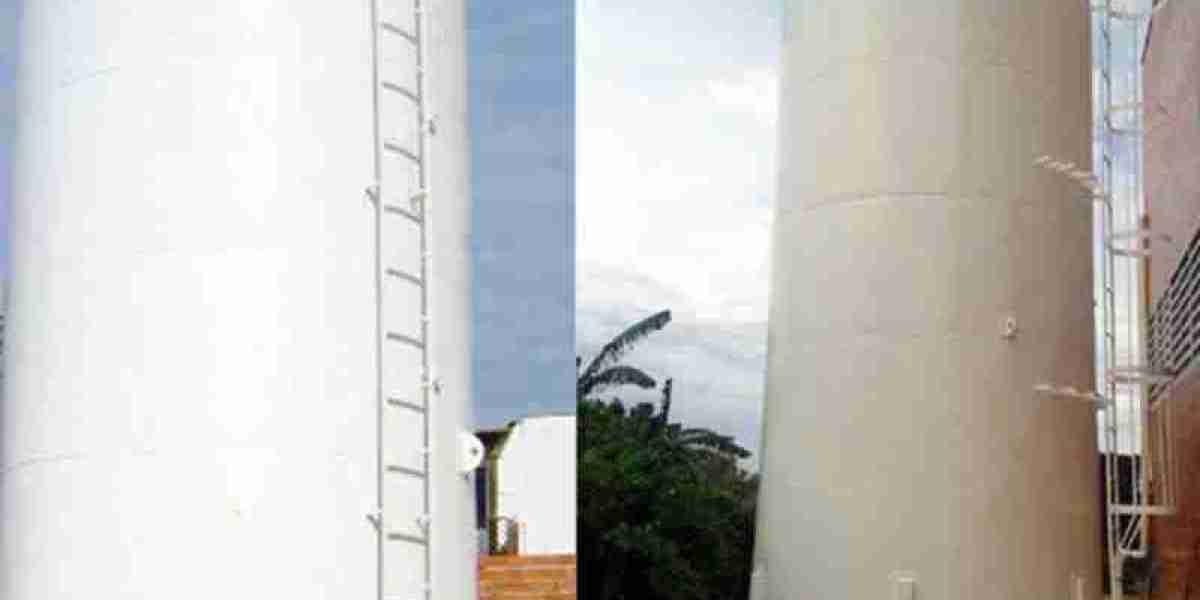The global vibration control system market is witnessing notable growth in military applications, where equipment stability, stealth, and operational reliability are non-negotiable. As defense systems become more technologically advanced and sensitive to external disturbances, the need to mitigate vibration and noise has become a strategic priority. From armored vehicles and submarines to weapon systems and surveillance platforms, vibration control solutions are playing a critical role in ensuring precision, safety, and tactical superiority.
1. Why Vibration Control Is Critical in Defense Systems
Modern military equipment operates in highly demanding environments where even minor mechanical disturbances can lead to system failures, mission compromise, or detection by enemy forces. Uncontrolled vibration and acoustic noise can:
Disrupt sensitive electronic or optical equipment
Degrade targeting and communication accuracy
Increase wear and reduce the reliability of mobile platforms
Compromise stealth by creating acoustic signatures detectable by enemy sensors
As a result, armed forces globally are integrating vibration control systems into both new and existing platforms to enhance combat effectiveness and survivability.
2. Applications of Vibration Control in Military Operations
Armored Vehicles and Combat Platforms
Tank turrets, mobile missile systems, and artillery often require precise movements and targeting systems. Active and passive vibration control systems:
Improve weapon alignment
Enhance onboard sensor accuracy
Reduce fatigue on structural joints during high-speed maneuvers
Naval Vessels and Submarines
Underwater stealth is essential for submarines and warships. Vibration dampers and acoustic isolators:
Minimize hull vibrations that could be detected via sonar
Isolate engine noise from critical compartments
Improve the stability of onboard electronic warfare systems
Aircraft and Unmanned Aerial Systems (UAS)
In fighter jets and UAVs, excessive vibration impacts avionics, surveillance payloads, and guidance mechanisms. Vibration isolation mounts and smart dampers:
Maintain flight stability
Protect high-value sensors
Reduce noise footprint for stealth operations
Mobile Command and Surveillance Units
Radar trucks, mobile HQs, and communication systems rely on stable platforms. Vibration control ensures uninterrupted data flow and clear imaging in mobile or combat-ready conditions.
3. Supporting Soldier Safety and Comfort
Beyond machinery, vibration affects personnel. Continuous exposure in vehicles, helicopters, or armored transport can lead to:
Musculoskeletal injuries
Decreased alertness and operational fatigue
Long-term physical discomfort in high-vibration environments
Integrating vibration-reducing seats, footpads, and cabin isolation in defense transport vehicles enhances troop safety, health, and endurance in long deployments.
4. Technological Innovations Driving Adoption
Military-grade vibration control systems are evolving rapidly to meet battlefield demands. Key advancements include:
Active vibration control units with fast-response sensors and actuators to neutralize shocks in real time
Smart materials and composites designed to withstand extreme environmental conditions
AI-enabled damping systems for adaptive vibration suppression during varied mission phases
Compact modular systems that reduce space and weight while maximizing damping performance
These innovations support modern military goals of mobility, stealth, and multi-domain readiness.
5. Integration in Modern Defense Programs
Global military forces are prioritizing vibration control in procurement programs involving:
Next-generation combat vehicles
Long-range artillery and missile defense systems
Stealth naval platforms
Drone swarms and autonomous warfare technologies
Satellite and ground-based command centers
Defense contractors are collaborating with vibration control system manufacturers to deliver integrated, ruggedized, and mission-ready solutions.
6. Global Market Drivers
Several macro-level trends are boosting demand for vibration control systems in military applications:
Increased defense budgets focused on modernization and next-gen systems
Growing global geopolitical tensions, fueling investment in advanced warfighting capabilities
Expansion of drone and robotic warfare, which requires vibration-sensitive payloads
Military retrofitting programs for aging fleets and equipment
Heightened focus on stealth and electronic warfare readiness
These factors point to sustained market growth over the coming years, particularly in the U.S., China, India, Russia, and Europe.
Conclusion
The vibration control system market is rapidly expanding within the defense sector as militaries worldwide prioritize equipment stability, silent operations, and tactical resilience. From vehicle platforms to naval vessels and airborne systems, vibration control is not just a technical enhancement—it’s a strategic necessity. As defense technologies continue to evolve, the integration of intelligent, rugged, and stealth-compatible vibration control solutions will be central to next-generation warfare.







